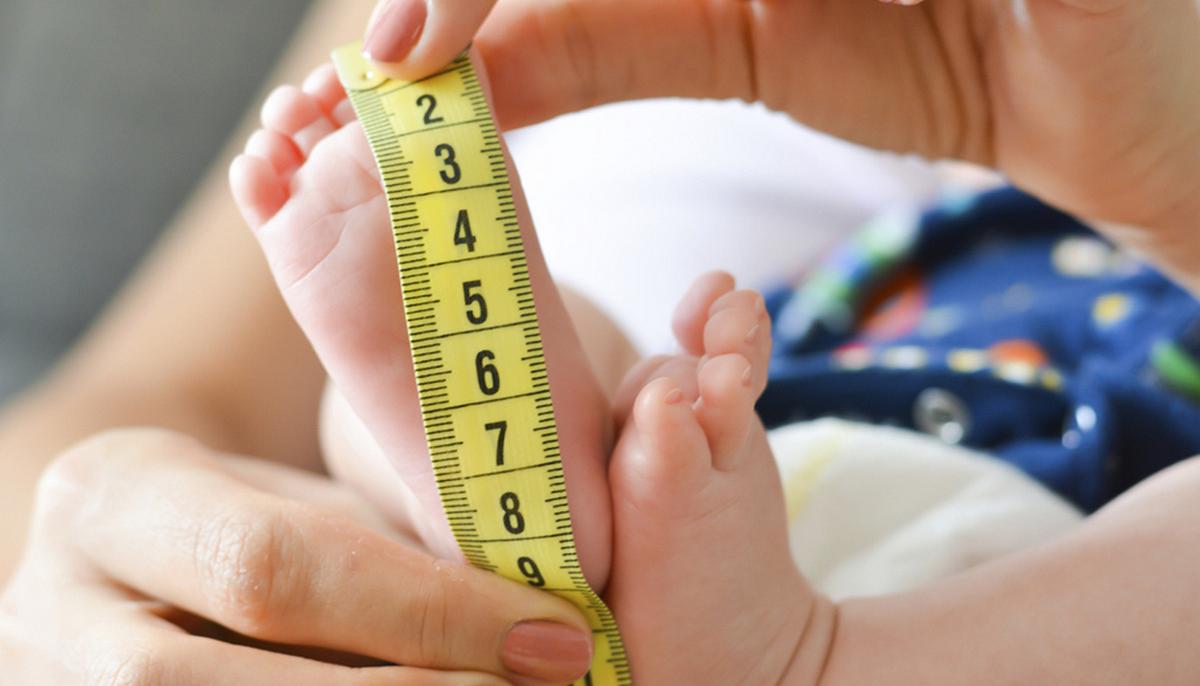The periods of childhood during which these accelerated periods of development are recorded can be divided as follows:
Early childhood from birth to the age of 3 includes the following stages:
- Newborn: the period between the day of birth and up to 28 days of life
- Infant: 29 days - 12 months
- Preschool toddler 1-3 years.
The second childhood is between 3 and 7 years
The third childhood includes school age:
- Junior school 7-11 years for girls and 7-13 years for boys
- High school age 11-14 years for girls and 13-15 years for boys.
The period of adolescence includes the following stages of development:
- Early adolescent between 10 and 13 years old
- Average teenage girl between 14 and 16 years old
- Late adolescent between 17 and 20 years old.
The child's growth spurt is a quantitative process that involves the growth in size of different segments of the body and body weight, which is quantified according to growth indices specific to each individual stage.
How does a growth spurt manifest itself?
During a period of growth and development, the child may present some normal manifestations for this period, which should not worry the parents:
- Increased appetite
- Increasing the need for rest
- Sudden weight gain or loss
- The quick transition from one size to another of clothes and shoes
- Pain in the upper and lower limbs
- Shifting the center of gravity
- Mood changes specific to puberty
- Appearance of sexual characteristics: thickening of the voice, appearance of body hair, menarche, increase in volume of the mammary glands.
How long does a growth session last?
Growth spurts physiologically alternate with periods of slower development or stagnation, but the average duration of such an episode can be between 2 and 3 days with an extension of up to a week, during which time parents can notice visible changes in the to the weight and height of the child.
Newborn growth (0-1 months)
- In the first 5 days of the newborn's life, a physiological decrease in weight is recorded, representing approximately 5-8% of the weight recorded at birth.
- These are followed by a recovery period of 10-14 days.
- The second growth spurt corresponds to weeks 2-3 of life , the period when the newborn feeds on the breast more or requires larger amounts of milk formula.
At the end of the first month of life, the newborn will grow in size by 5 cm. In this stage of development, the newborn may be agitated or may cry more, especially due to specific abdominal colic.
Baby growth (1-12 months)
- The growth spurt registered at 4-6 weeks of life is more visible , the child gaining more weight at this stage. Feeding is more frequent during this period of development, the infant showing increased appetite and sometimes irritability.
- Next, the growth spurts specific to the first year of life correspond to months 3, 4, 6 and 9 of life , each threshold exceeded, corresponding to an accelerated increase in weight and maturation of the skeleton.
During the growth spurts, the infant may become more agitated, waking up frequently during the night to feed. After diversification, changes in behavior and disturbances in the sleep schedule may appear, accompanied by states of agitation and irritability of the infant.
Infant weight gain and head circumference
In most cases, the weight doubles every 4 months until the age of 1 year .
- In the first 16 weeks of life, the infant adds about 750g (1.6 pounds) / month
- Between 5 and 8 months, 500 g (1.1 pounds) / month each
- Between 9-12 months each 250g (0.6 pounds) / month.
The cranial circumference increases on average by 2 cm (0.8 inches) /month in the first 3 months of life, then by 1 cm (0.4 inches) per month in the period between 4 and 6 months of life, and the rate of growth of the thoracic circumference up to the age of 1 year is 1 cm (0.4 inches) /month. Maturation indices follow the ossification of the skull and the maturation of the skeleton, the posterior fontanel closing up to 2-3 months, while the anterior fontanel can close up to 18 months.
In the newborn, there are 5 ossification nuclei represented by: the lower extremity of the femur, the upper extremity of the tibia, the astragalus, the calcaneus and the cuboid. The age and sequence of the ossification nuclei in the first year of life are represented by the humeral head at 3-6 months and the femoral head and the lower epiphysis of the tibia at 1 year.
The temporary dentition consisting of 20 teeth begins to erupt between 5 and 9 months of life, at 6 months the median incisors are present, at 7 months the lateral incisors, and at 1 year the premolars.







